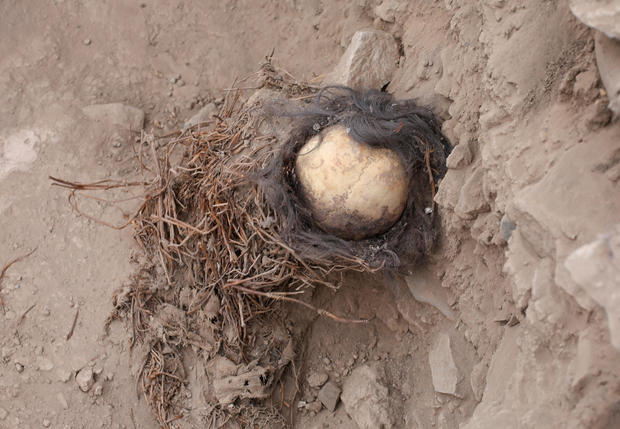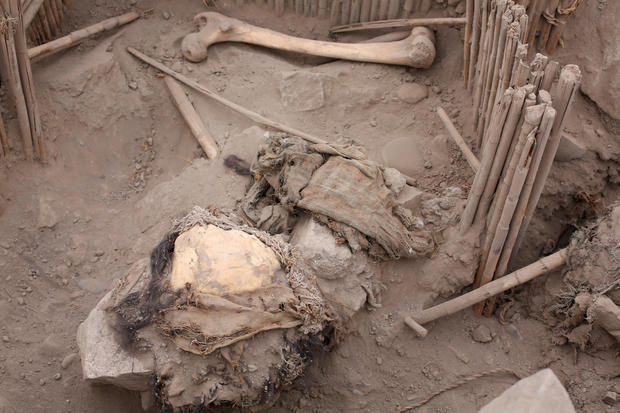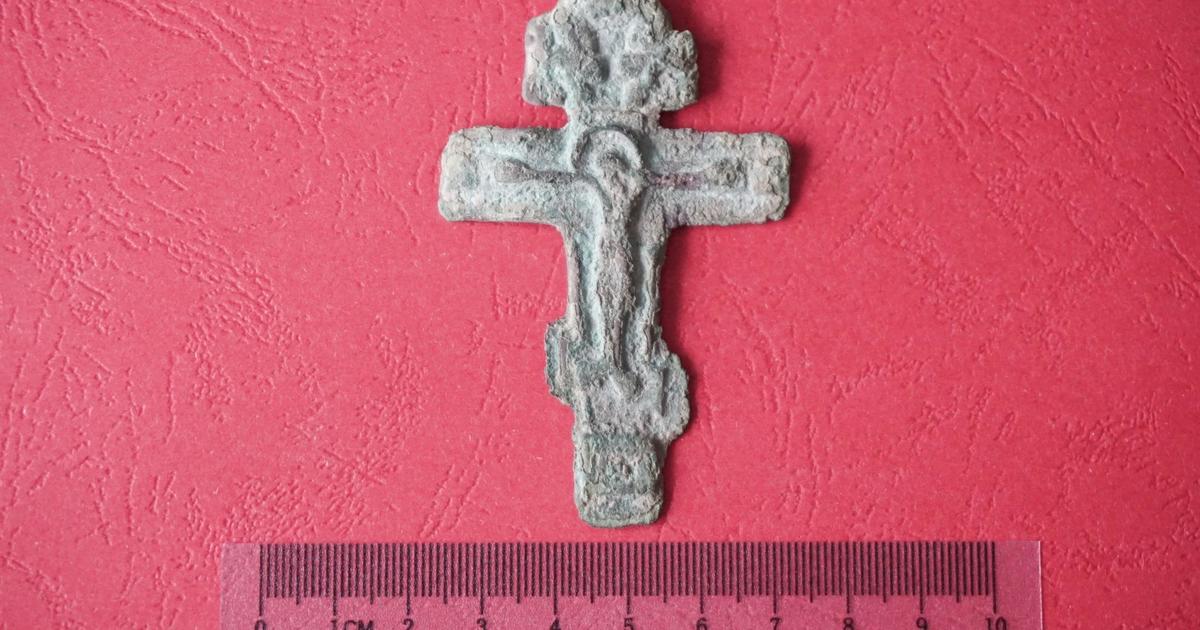Archaeologists discover mummies of children that may be at least 1,000 years old – and their skulls still had hair on them
Four mummified children have been discovered in Peru — and they are believed to be at least 1,000 years old. The mummies were found in what is now one of the oldest neighborhoods in Lima, in what was used as a sacred ceremonial space, according to the Reuters news service, which captured photos and video of the discovery.
The children were part of the Ychsma culture, researchers believe. The remains were found next to an adult and near a small hill with a staircase that could have led to a hidden temple, which is likely 3,500 years old, according to Luis Takuda, an archaeologist who leads the Huaca La Florida research project.
Takuda said three of the mummies were covered in textiles and the other two are skeletons — and their skulls still had hair on them.
"What we see here is that the whole area where we are now was a ceremonial atrium," he said, according to Reuters. "It was a very important ceremonial atrium where the people who lived in the time of the Ychsma considered it a sacred space and therefore buried their dead here."
Mummies or skeletons with hair have been discovered before. Earlier this year, another 1,000-year-old skeleton was uncovered in Peru's Miraflores district — and it too had long, preserved hair, according to Smithsonian Magazine.
And archaeologists in Egypt were shocked to find unwrapped mummified children had fair hair instead of black or brown, according to a study published in 2020 by the journal Forensic Science, Medicine and Pathology. They tested modern hair and found it did not lighten due to exposure to the mineral natron, which was used during the mummification process, or after death, which was their hypothesis. Instead, the three children had fair hair due to ancestry, the researchers believe.
In Peru, the site where the four children were found is near homes and a field used by a Peruvian professional soccer team for training, according to the Associated Press. Seeing huacas, or sacred sites, is not uncommon in Lima. There are about 400 of these sites throughout the city, according to the Ministry of Culture.
The hill where the mummies were discovered was covered in trash, and excavators worked for months to clear it, and police had to move homeless people who were in the area, according to the AP.
As the country's capital has expanded, it has begun to occupy "the boundaries of the huacas" and "they have suffocated them or they have cut them off," Hector Walde, an archaeologist who did not work on this dig, told the AP.
Walde said the bodies found were not human sacrifices, but normal burials in the sacred space.
While Lima is home to many of Peru's archaeological sites, most of them exist outside of the city, like in Cusco, the capital of the Inca Empire until conquistadors infiltrated it in the 16th century, according to Reuters.






